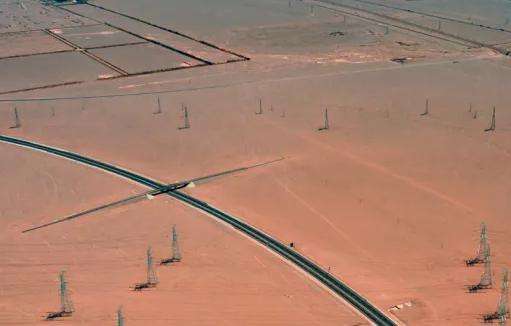Hydroelectric power plants use the peak power of the electrical system to pump water and store the energy as potential energy. The pumped storage power plant has two tanks, an upper tank and a lower tank. It uses the remaining energy during the low power period of the electrical system to pump and store water from the lower reservoir to the upper reservoir during peak load. When the electrical system reaches peak load, water is released from the upper reservoir to generate electricity. Pumped storage power plants are the only sources of peak shaving power in the power system capable of filling the valleys. For power systems with large peak-valley differences and insufficient peak shaving capabilities, it is necessary to set up such power plants.are of a certain scale.
It has upper and lower tanks. It uses excess electrical energy from the electrical system to pump water from the lower reservoir (lower pool) to the upper reservoir (upper pool) and stores the energy in the form of potential energy; when the system needs electricity, a hydroelectric plant that produces electricity from the upper reservoir to the lower reservoir. In the process of pumping water and converting electricity generation energy (from electric energy to water energy, then from water energy to electric energy ), there is some energy loss in the water distribution system and electromechanical equipment. The ratio between the electrical energy generated by electricity production and the electrical energy used for pumping water represents the overall efficiency of a pumped storage power plant, which isIt was about 65% at first and has recently increased to about 75%. Pumped storage uses low-cost excess electrical energy in the power system to convert it into high-priced peak electrical energy that is essential to the power system. It has the functions of emergency backup, peak shaving, frequency and phase modulation. modulation and can improve the reliability of the power system. Pumped-storage power plants can be divided into three categories based on water flow conditions: (1) Pure pumped-storage power plants, where the upper reservoir has no natural runoff source and where the amount of water pumped and generated is equal and recycled (2; ) Hybrid pumped-storage power plants, where the upper reservoir The reservoir has a natural source of runoff, which not only uses natural runoff to progenerate electricity, but also uses water pumped and stored from the lower reservoir to produce electricity (3) a water; -a diversion pumped storage power plant pumps water from a lower reservoir in a river to an upper reservoir, then from the upper reservoir to another lower reservoir in a river, releases water to produce electricity.














